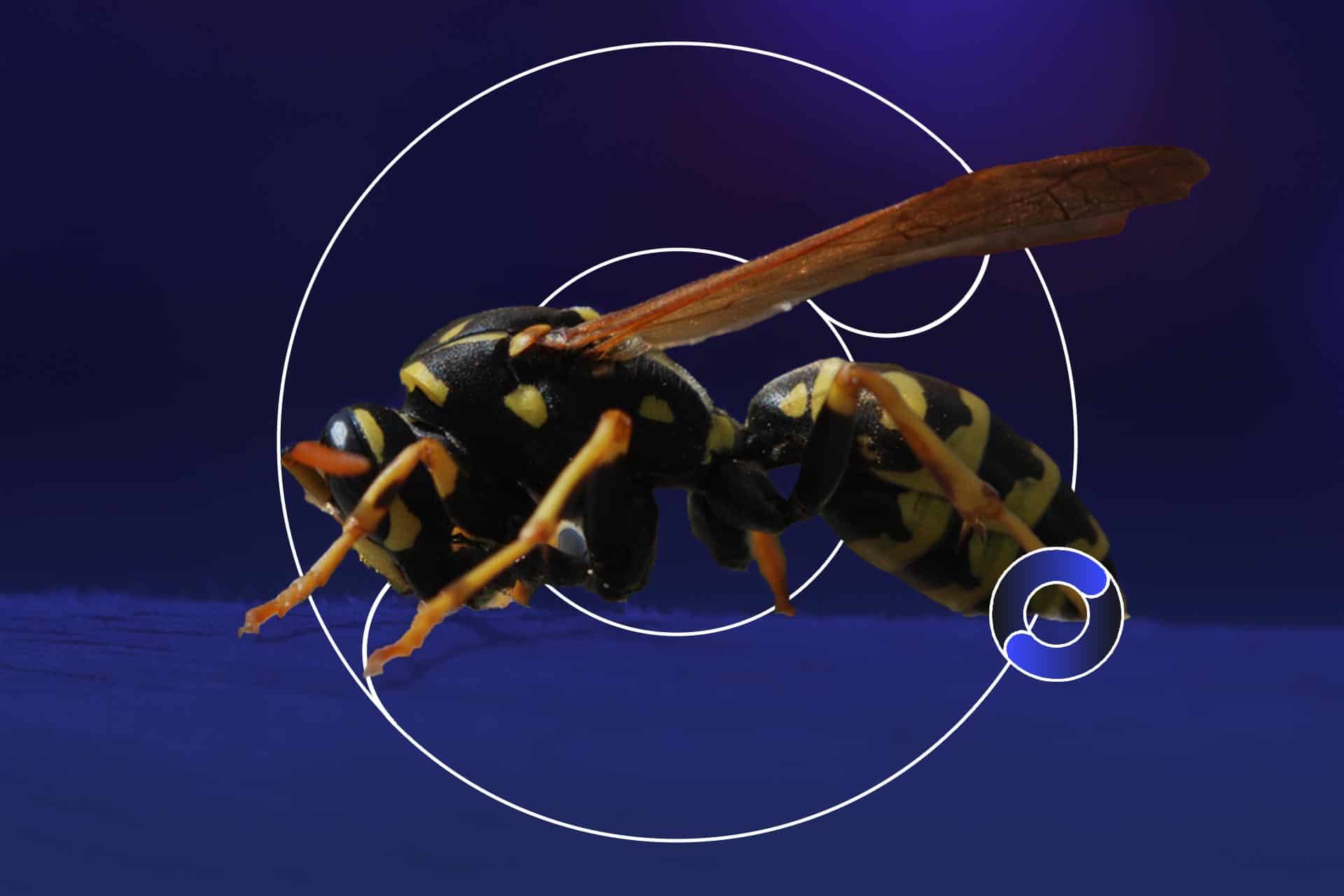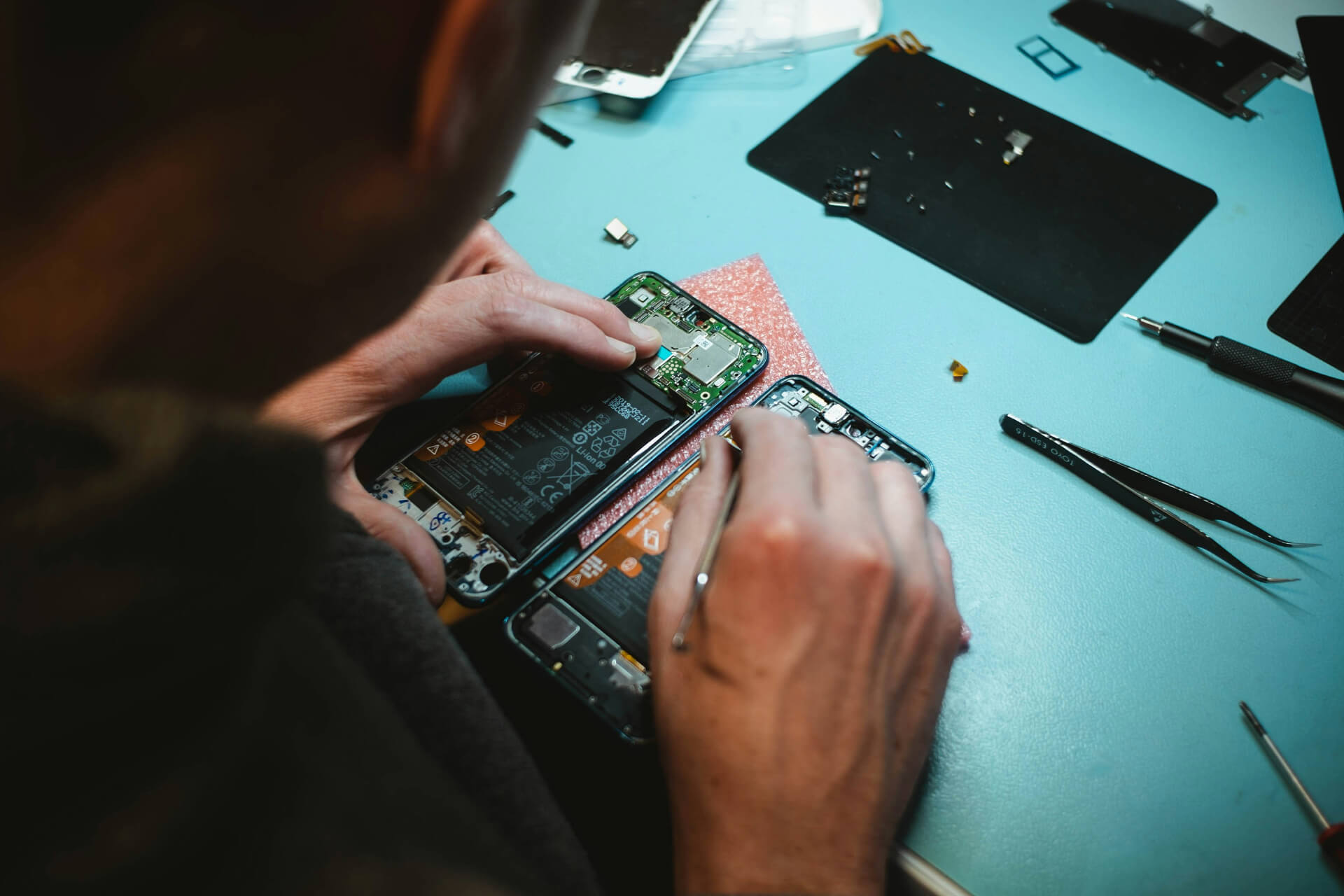
Engineers Create New Drones Inspired by Wasps
November 13, 2018 - Emily Newton
Revolutionized is reader-supported. When you buy through links on our site, we may earn an affiliate commision. Learn more here.
When you think of a drone, what’s the first image that pops to mind? For most people, it’s a large, manually controlled flying machine that has a minimum of four propellers, just enough lift to carry itself and maybe a small Go-Pro camera. Most of us don’t think of wasps when thinking about drone design, which is what sets the team at the School of Engineering at Stanford apart. They looked at a wasp — a mean stinging insect that most of us avoid at all costs — and thought “What can I do to make this better?” The answer was FlyCroTug.
What Is FlyCroTug?
Wasps might not seem like they’re the greatest flyers, but they are incredibly efficient when it comes to moving things that are heavier than they are. If they find a piece of food that they can’t lift, they’ll take off with it in their grasp and move it along the ground. With this in mind, they can move more than 40 times their own weight.
This was the inspiration for FlyCroTug, a series of microdrones inspired by wasps. These drones can do more than fly — they can carry items multiple times their own weight and work together to accomplish tasks that were previously impossible for drones — like opening doors.
This was the subject of the team’s proof of concept experiment — one drone design moved the door handle while a second one pulled the door open. This is another step forward for drone design and technology — drones that are capable of working together.
Drone Swarms
Imagine being able to lift heavy objects or even a person with nothing more than a swarm of drones? These devices could be invaluable in emergency or rescue situations, and while the FlyCroTugs aren’t capable of lifting a human being just yet, they could potentially be the first stepping stone toward the creation of nature-inspired rescue drones.
Drone swarms don’t just have applications on Earth. A team at NASA is working on a drone swarm known as Marsbees, which are being designed for deployment on Mars. These little drones are shaped like bees but have larger wings to compensate for the red planet’s thinner atmosphere. Once deployed, the drone bees will be able to explore the surface of our closest interstellar neighbor must faster and more efficiently than the ground-based rovers currently can.
Drone Design Inspired by Wasps and Geckos
The flight mechanics on these drones aren’t the only amazing innovations that have come out of the FlyCroTug team. The pads that the drones use to pick up their cargo aren’t inspired by wasp feet — they’re based on gecko feet! The pads on a gecko’s feet use a principle called van der Waals forces. Basically, when a gecko grabs onto something, the ridges on their feet align so perfectly with the surface that they can climb up even seemingly smooth surfaces like glass. The more ridges that are in contact with the surface, the better the grip.
FlyCroTug’s feet use the same sort of principle to adhere tightly to whatever they are picking up or trying to move, so these drones are basically what you’d end up with if a mad scientist decided to splice together a wasp and a gecko — just a bit less terrifying.
Moving Large Loads
Most micro drones can move, at most, twice their body weight while in flight. This restricts them to carrying small cameras and other light-weight scientific equipment and restricting what they can do. FlyCroTug is capable of carrying four times its weight and still maneuvering.
This could be a boon for many different industries, depending on the size of the drones. One company, based in the UK, recently published a case study showing how drones could be used to improve biodiversity and help restore the environment. The drones were loaded with seed pods that were launched into the ground — the drones were capable of launching upwards of 120 seed pods every minute. Imagine how much a drone like this could get done with the lifting power of one of the drones used in the case study.
Drones are still a relatively new technology, but the advances researchers are making every single year are promising. Whether you need a drone to carry a water bottle to someone who is waiting to be rescued, survey the surface of Mars or just fly around your neighborhood taking amazing photos and video, there is an option for nearly every application.
FlyCroTug is still in it’s beginning stages, but the technology being used in its creation shows great promise. Scientists find inspiration in everything, even in the insects that we would rather avoid on a hot summer’s day. A wasp-inspired drone design could change the way we look at cargo drones and haulers as a whole, and that is just as exciting as watching these drones open doors.
Revolutionized is reader-supported. When you buy through links on our site, we may earn an affiliate commision. Learn more here.
Author
Emily Newton
Emily Newton is a technology and industrial journalist and the Editor in Chief of Revolutionized. She manages the sites publishing schedule, SEO optimization and content strategy. Emily enjoys writing and researching articles about how technology is changing every industry. When she isn't working, Emily enjoys playing video games or curling up with a good book.




